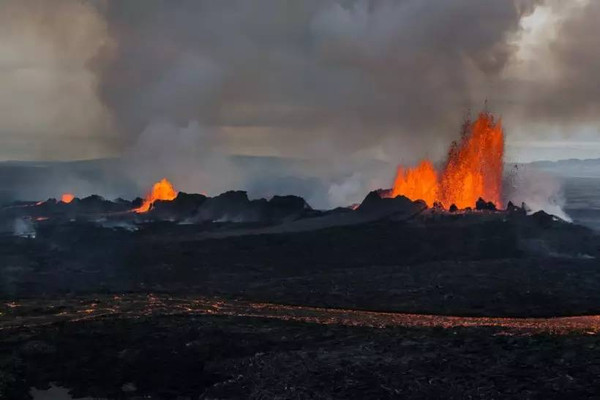Almost the only person who believed that something really bad might happen was Jack Hyde, a geology professor at a community college in Tacoma. He pointed out that St. Helens didn't have an open vent, as Hawaiian volcanoes have, so any pressure building up inside was bound to be released dramatically and probably catastrophically. However, Hyde was not part of the official team and his observations attracted little notice.

We all know what happened next. At 8:32 A.M. on a Sunday morning, May 18, the north side of the volcano collapsed, sending an enormous avalanche of dirt and rock rushing down the mountain slope at 150 miles an hour. It was the biggest landslide in human history and carried enough material to bury the whole of Manhattan to a depth of four hundred feet. A minute later, its flank severely weakened, St. Helens exploded with the force of five hundred Hiroshima-sized atomic bombs, shooting out a murderous hot cloud at up to 650 miles an hour—much too fast, clearly, for anyone nearby to outrace. Many people who were thought to be in safe areas, often far out of sight of the volcano, were overtaken. Fifty-seven people were killed. Twenty-three of the bodies were never found. The toll would have been much higher except that it was a Sunday. Had it been a weekday many lumber workers would have been working within the death zone. As it was, people were killed eighteen miles away.












